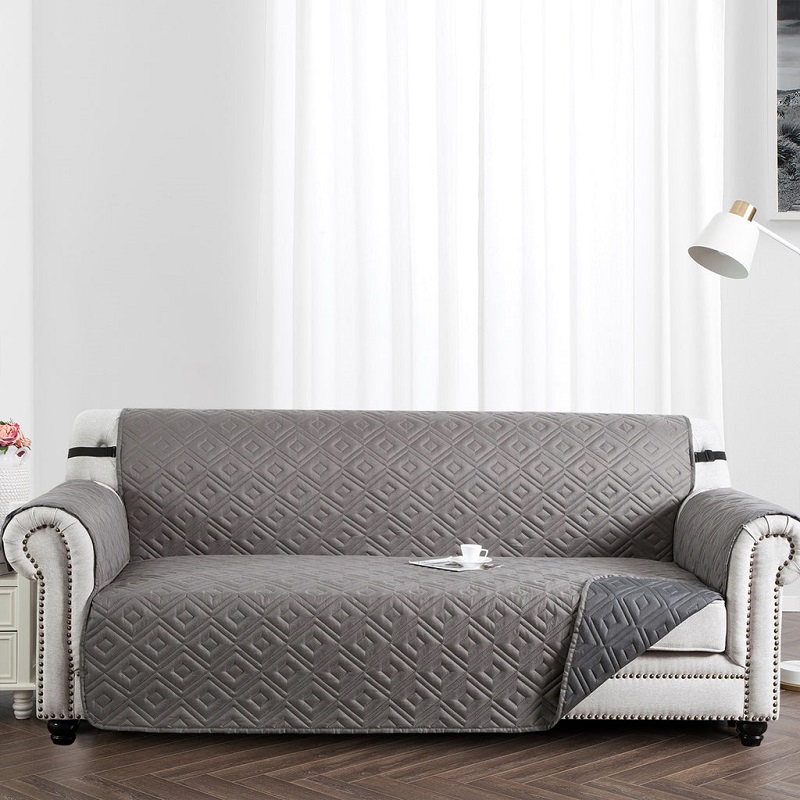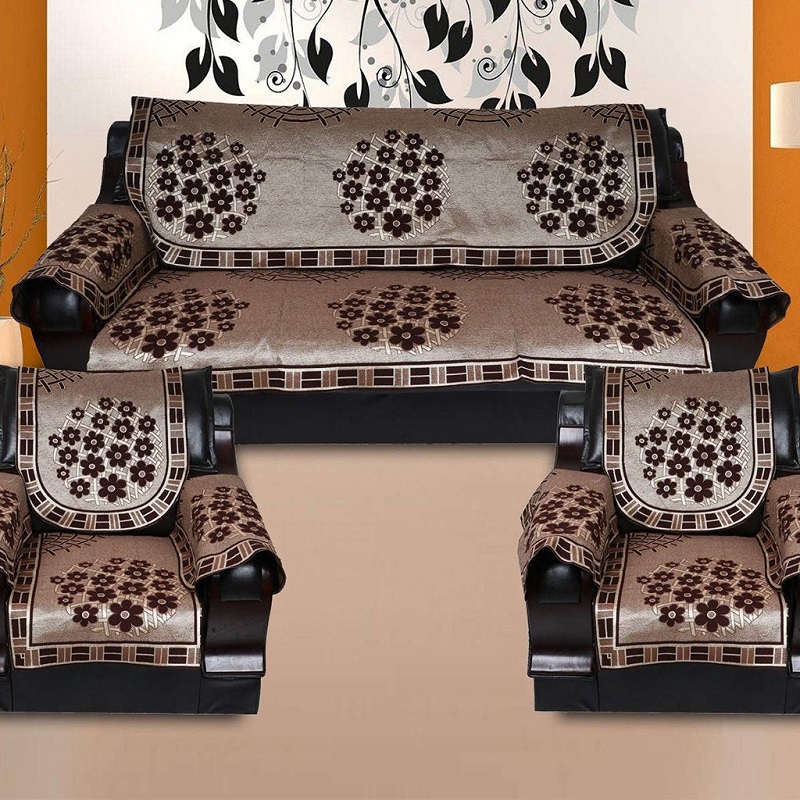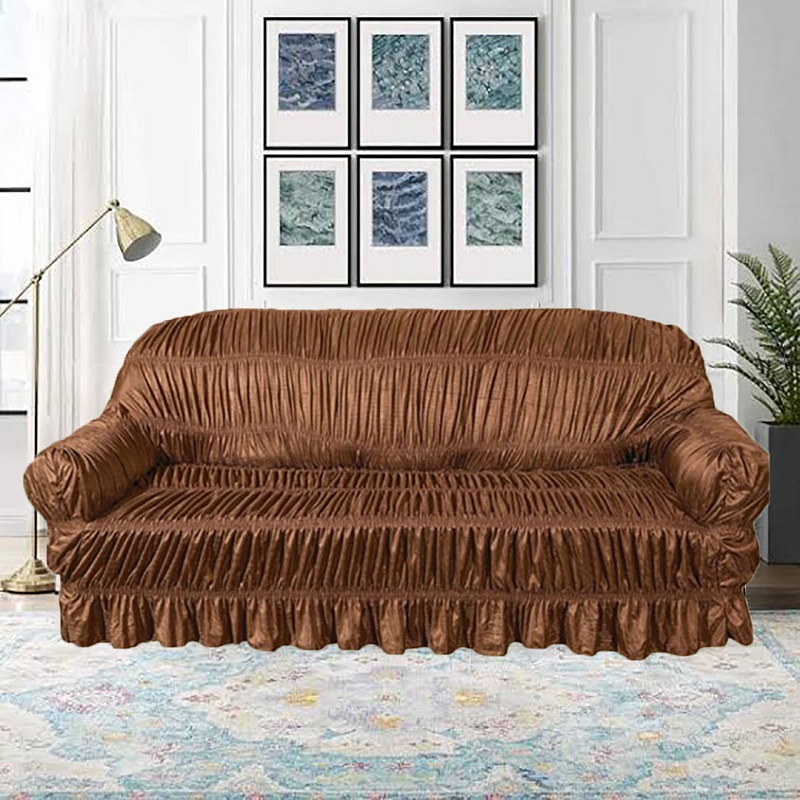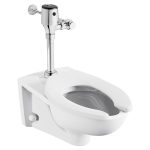Maintaining and cleaning your sofa cover can extend its lifespan and keep it looking fresh and inviting. Here are some practical tips to help you care for your sofa cover and ensure it remains in top condition.
Understanding Your Sofa Cover Material
Common Sofa Cover Materials
Before diving into cleaning techniques, it’s essential to understand the type of material your sofa cover is made of. Common materials include cotton, polyester, microfiber, and velvet, each requiring different care methods. Cotton is breathable and washable but prone to wrinkles. Polyester is durable and resists stains but can attract static. Microfiber is soft and stain-resistant but may require specific cleaning products. Velvet adds a luxurious touch but needs gentle care to avoid crushing the fibers. Knowing your material helps you choose the right cleaning approach.
Checking Manufacturer’s Care Instructions
Always refer to the manufacturer’s care instructions for specific guidelines on cleaning and maintenance. These instructions can provide insights into the best cleaning methods and any limitations for your cover. Some sofa covers may be machine washable, while others might require spot cleaning or professional cleaning services. Following these instructions ensures that you don’t inadvertently damage your cover or void any warranties. If the care label is missing or unclear, consider contacting the manufacturer for advice.

Regular Maintenance Practices
Vacuuming Your Sofa Cover
Regular vacuuming is crucial for maintaining the cleanliness of your sofa cover. Dust, dirt, and pet hair can accumulate over time, leading to discoloration and wear. Use a vacuum with an upholstery attachment to gently remove debris from the surface and crevices. For covers with delicate fabrics, ensure the vacuum’s brush setting is turned off or adjusted to prevent snagging. Vacuuming weekly or bi-weekly helps keep your cover looking fresh and prevents dirt from becoming ingrained in the fabric.
Addressing Spills and Stains Promptly
Addressing spills and stains as soon as they occur is key to preventing permanent damage. Blot the area with a clean, dry cloth to absorb as much liquid as possible. Avoid rubbing the stain, as this can spread it or push it deeper into the fabric. For water-based stains, use a mild detergent mixed with water and a soft cloth to gently clean the area. For oil-based stains, a specialized stain remover may be necessary. Always test cleaning solutions on a small, inconspicuous area before applying them to the entire stain.
Deep Cleaning Your Sofa Cover
Machine Washing Your Cover
If your sofa cover is machine washable, follow these steps for effective cleaning. Remove the cover from the sofa and check the care label for water temperature and washing instructions. Use a gentle cycle with cold or lukewarm water to prevent shrinkage and color fading. Adding a mild detergent will help lift dirt and stains. Avoid using bleach or harsh chemicals, which can damage the fabric. After washing, air-dry the cover or use a low-heat setting in the dryer, depending on the fabric type. Ensure the cover is completely dry before putting it back on the sofa.
Spot Cleaning Techniques
For sofa covers that are not machine washable or for spot cleaning specific areas, use the following techniques. Prepare a cleaning solution with water and a small amount of mild detergent. Test the solution on an inconspicuous area to ensure it does not cause discoloration. Use a soft cloth or sponge to apply the solution to the stain, gently blotting rather than scrubbing. Rinse the area with clean water and blot dry with a towel. For stubborn stains, consider using a steam cleaner, but be cautious not to over-saturate the fabric.

Dealing with Specific Stains
Removing Pet Hair and Dander
Pet owners often deal with hair and dander on their sofa covers. To remove pet hair, use a lint roller or a vacuum with a pet hair attachment. For more stubborn hair, try using a rubber glove to rub the surface, which helps lift the hair. To manage dander, consider using an upholstery cleaner designed for pet owners. Regularly brushing your pets and washing their bedding can also help reduce the amount of hair and dander that ends up on your sofa cover.
Tackling Grease and Oil Stains
Grease and oil stains can be particularly challenging to remove. Start by blotting the stain with a clean cloth to absorb as much of the oil as possible. Sprinkle baking soda or cornstarch on the stain to absorb the remaining grease, and let it sit for 15-20 minutes. Vacuum or brush off the powder, then treat the area with a solution of mild dish soap and water. Gently clean the area with a soft cloth and rinse with clean water. Repeat as needed until the stain is gone.
Extending the Lifespan of Your Sofa Cover
Rotating and Flipping Your Cover
To prevent uneven wear and tear, consider rotating and flipping your sofa cover periodically. This practice ensures that any high-use areas receive less frequent strain, promoting even wear. For covers with patterns or textures, rotating can also help maintain a consistent appearance. Make it a habit to adjust the cover every few months or as needed based on use. This simple step can significantly extend the lifespan of your cover and keep it looking more uniform.
Using Protective Measures
Using additional protective measures can safeguard your sofa cover from damage. Consider applying a fabric protector spray that repels stains and spills. You can also use throws or slipcovers to add an extra layer of protection and make cleaning easier. For high-traffic areas, investing in a washable cover or using removable cushion covers can help manage wear and tear. Regularly inspect your sofa cover for signs of damage or wear and address any issues promptly to maintain its appearance and functionality.

Dealing with Wear and Tear
Repairing Minor Damage
Minor damage such as small tears or frayed edges can often be repaired at home. For fabric tears, use a fabric adhesive or sewing kit to mend the area. Ensure that you match the thread color to your sofa cover for a seamless repair. For frayed edges, trim the loose threads and use a fabric glue to secure the area. If you’re unsure about the repair process or if the damage is extensive, consider seeking professional help to ensure a durable and aesthetically pleasing fix.
Replacing Worn Out Covers
Eventually, even with the best care, a sofa cover may become too worn out or damaged to repair effectively. When it’s time to replace your cover, choose one that fits your style preferences and functional needs. Consider investing in a high-quality cover that offers durability and easy maintenance. If you’re unsure about which cover to choose, consult with a professional or seek recommendations based on your specific requirements. Replacing a worn-out cover can revitalize your sofa and refresh the look of your living space.

Eco-Friendly Cleaning Practices
Choosing Eco-Friendly Cleaners
Opting for eco-friendly cleaning products is beneficial for both your sofa cover and the environment. Look for cleaners that are biodegradable, non-toxic, and free from harsh chemicals. Many natural cleaning solutions use ingredients like vinegar, baking soda, and essential oils, which are effective and environmentally friendly. These products are safer for your home and help reduce your carbon footprint. Always check product labels and reviews to ensure that the cleaner is suitable for your specific sofa cover material.
Reducing Waste Through Reusable Products
Incorporating reusable cleaning products into your maintenance routine can help reduce waste. Use microfiber cloths and washable cleaning pads instead of disposable wipes or paper towels. Reusable lint rollers and brushes can also be effective in managing pet hair and dust. By choosing reusable items, you not only contribute to environmental sustainability but also save money in the long run. Properly care for these products by washing them regularly and replacing them when worn out to ensure their continued effectiveness.
Seasonal Care Tips
Adjusting Cleaning Routines with the Seasons
Different seasons can impact the cleanliness and condition of your sofa cover. In spring and summer, increased humidity can lead to mold and mildew growth, so ensure that your cover is well-ventilated and clean. In fall and winter, you might deal with more dust and allergens, so more frequent vacuuming might be necessary. Adjust your cleaning routine based on seasonal changes to keep your sofa cover in optimal condition year-round.
Preparing for Seasonal Changes
Before transitioning between seasons, it’s a good idea to give your sofa cover a thorough clean. For example, before winter, consider applying a fabric protector to shield against potential spills and stains from holiday gatherings. In spring, perform a deep clean to remove accumulated dust and allergens. Seasonal preparation helps your sofa cover adapt to changing conditions and maintain its appearance and functionality.

Conclusion
Maintaining and cleaning your sofa cover involves understanding the material, following proper care instructions, and implementing regular cleaning and maintenance practices. By addressing spills and stains promptly, performing deep cleaning as needed, and taking steps to extend the lifespan of your cover, you can keep your sofa looking fresh and inviting. Additionally, choosing eco-friendly cleaning practices can contribute to a healthier home environment. With these easy tips, you’ll ensure that your sofa cover remains a beautiful and functional part of your living space for years to come.


